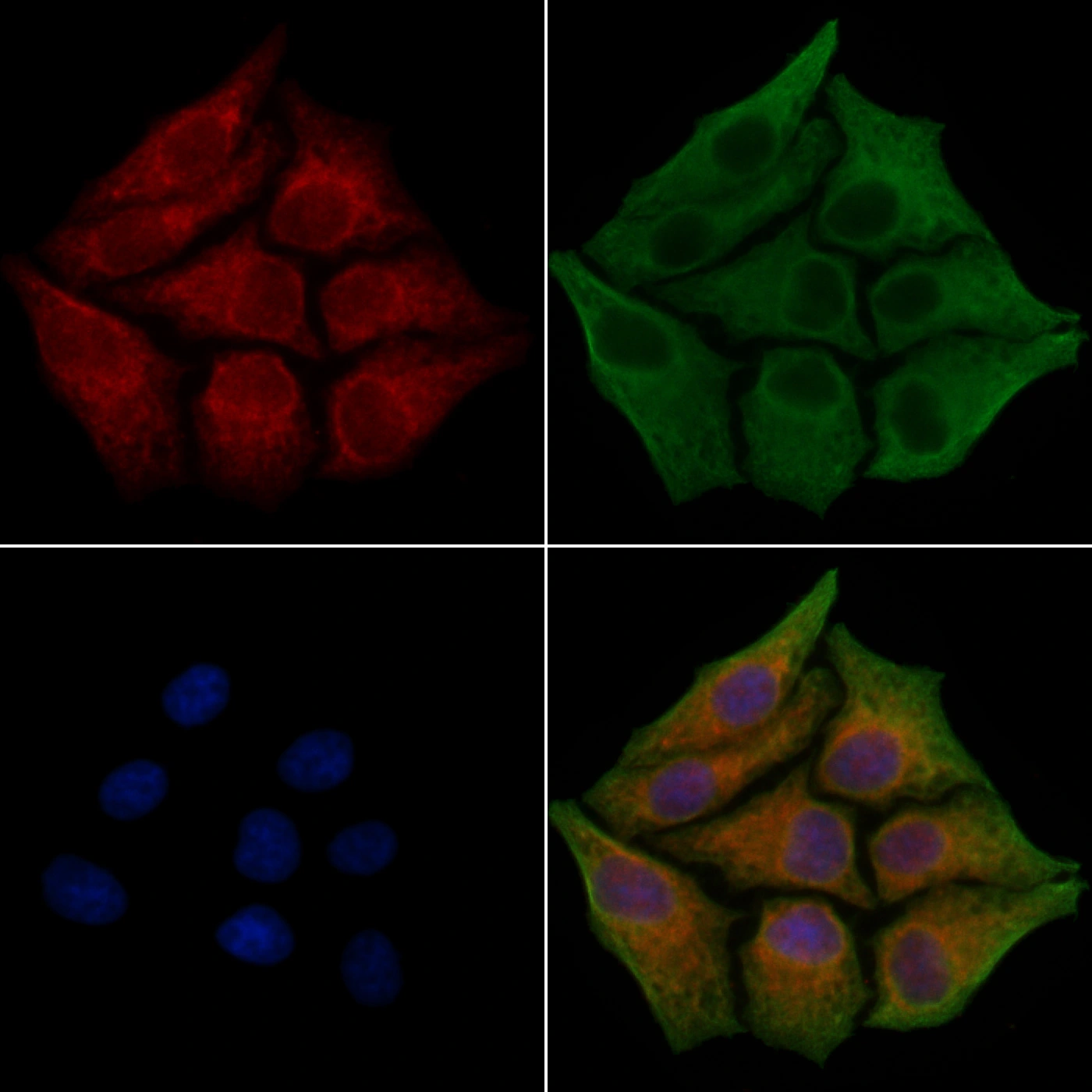Fibronectin antibody [N1N2], N-term
GTX112794
ApplicationsImmunoFluorescence, ImmunoPrecipitation, Western Blot, ELISA, ImmunoCytoChemistry, ImmunoHistoChemistry, ImmunoHistoChemistry Frozen, ImmunoHistoChemistry Paraffin
Product group Antibodies
TargetFN1
Overview
- SupplierGeneTex
- Product NameFibronectin antibody [N1N2], N-term
- Delivery Days Customer9
- Application Supplier NoteWB: 1:500-1:3000. ICC/IF: 1:100-1:1000. IHC-P: 1:100-1:1000. IP: 1:100-1:500. ELISA: 1:1000-1:10000. *Optimal dilutions/concentrations should be determined by the researcher.Not tested in other applications.
- ApplicationsImmunoFluorescence, ImmunoPrecipitation, Western Blot, ELISA, ImmunoCytoChemistry, ImmunoHistoChemistry, ImmunoHistoChemistry Frozen, ImmunoHistoChemistry Paraffin
- CertificationResearch Use Only
- ClonalityPolyclonal
- Concentration0.48 mg/ml
- ConjugateUnconjugated
- Gene ID2335
- Target nameFN1
- Target descriptionfibronectin 1
- Target synonymsCIG; cold-insoluble globulin; ED-B; epididymis secretory sperm binding protein; fibronectin; FINC; FN; FNZ; GFND; GFND2; LETS; migration-stimulating factor; MSF; SMDCF
- HostRabbit
- IsotypeIgG
- Protein IDP02751
- Protein NameFibronectin
- Scientific DescriptionThis gene encodes fibronectin, a glycoprotein present in a soluble dimeric form in plasma, and in a dimeric or multimeric form at the cell surface and in extracellular matrix. Fibronectin is involved in cell adhesion and migration processes including embryogenesis, wound healing, blood coagulation, host defense, and metastasis. The gene has three regions subject to alternative splicing, with the potential to produce 20 different transcript variants. However, the full-length nature of some variants has not been determined. [provided by RefSeq]
- Storage Instruction-20°C or -80°C,2°C to 8°C
- UNSPSC12352203
References
- An amino acid mixture, enriched with Krebs cycle intermediates, enhances extracellular matrix gene expression in cultured human fibroblasts.Read more
- High expression of embryonic stem cell marker SSEA3 confers poor prognosis and promotes epithelial mesenchymal transition in hepatocellular carcinoma.Read more
- Phosphodiesterase type 10A inhibitor attenuates lung fibrosis by targeting myofibroblast activation.Read more
- Ovatodiolide inhibits SARS-CoV-2 replication and ameliorates pulmonary fibrosis through suppression of the TGF-beta/TbetaRs signaling pathway.Read more
- Injectable and biofunctionalized fibrin hydrogels co-embedded with stem cells induce hair follicle genesis.Read more
- Aspirin Inhibits Fibronectin Expression and Reverses Fibronectin-Mediated Cell Invasiveness by Activating Akt Signaling in Preeclampsia.Read more
- PIM1-Induced Cytoplasmic Expression of RBMY Mediates Hepatocellular Carcinoma Metastasis.Read more
- Adaptive multi-degree-of-freedom in situ bioprinting robot for hair-follicle-inclusive skin repair: A preliminary study conducted in mice.Read more
- SerpinE1 drives a cell-autonomous pathogenic signaling in Hutchinson-Gilford progeria syndrome.Read more
- Tea polyphenol epigallocatechin-3-gallate inhibits cell proliferation in a patient-derived triple-negative breast cancer xenograft mouse model via inhibition of proline-dehydrogenase-induced effects.Read more




![ELISA analysis of antigen using GTX60570 Fibronectin antibody [2F4]. Black : Control antigen 100ng Purple : Antigen 10ng Blue : Antigen 50ng Red : Antigen 100ng](https://www.genetex.com/upload/website/prouct_img/normal/GTX60570/GTX60570_20170912_ELISA_w_23061123_430.webp)
![ELISA analysis of antigen using GTX60571 Fibronectin antibody [2F4G2]. Black : Control antigen 100ng Purple : Antigen 10ng Blue : Antigen 50ng Red : Antigen 100ng](https://www.genetex.com/upload/website/prouct_img/normal/GTX60571/GTX60571_20170912_ELISA_w_23061123_827.webp)
![IHC-P analysis of human pancreatic adenocarcinoma tissue using GTX34725 Fibronectin antibody [HFN7.1].](https://www.genetex.com/upload/website/prouct_img/normal/GTX34725/GTX34725_20200115_IHC-P_908_w_23060801_383.webp)